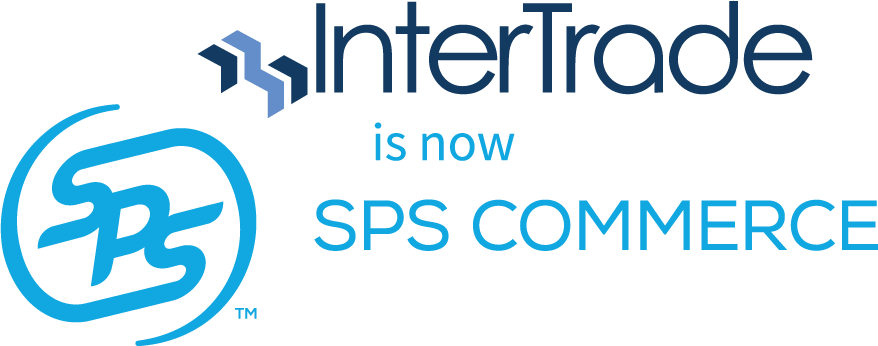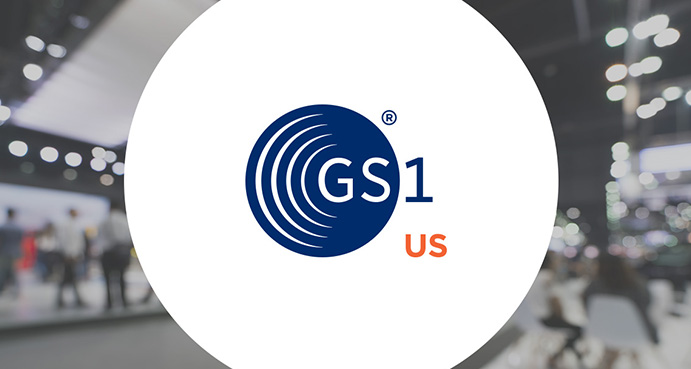In today’s e-commerce environment, it is more important than ever that your data is available to business partners and that you’re both speaking the same language. Whether you store and communicate your catalogue manually or electronically, industry standards and best practices must be respected. With electronic catalogs and EDI being the wave of the future (and the present), it is even more critical to get on board and establish compliance.
When it comes to core attributes for catalog data (i.e. GTINs/UPCs), especially for colors and sizes, standards are required in order to ensure that data can be appropriately identified and classified. With the vast number of sizes and colors possible, it would be counterproductive to leave everything in the hands of individual retailers and suppliers for definition.. Standardized color and size codes allow retailers to rest easy knowing that when they view and order products from their suppliers, they can quickly and accurately identify these key attributes by code and description. This leads to more efficient processes and ultimately, increased sales for both retailers and vendors.
The NRF (National Retail Federation) is the world’s largest retail trade association, and they established the Color and Size Code system in the early 1960s; however, industry-wide acceptance of the standard didn’t come until the late 1980s, thanks to VICS (Voluntary Inter-Industry Communication Standards) EDI and the buy-in of both retailers and suppliers.
The NRF has developed a set of color (3 digits) and size (5 digits) codes in order to standardize these attributes across the retail industry. The number of possible combinations allows for expansion and specialization as the industry evolves, and regular committee meetings are held by the NRF to discuss future needs and to educate about what’s new and what’s on the way. With the retail industry supporting 1 in 4 American jobs (per the NRF 2013 Annual Report), it stands to reason that the color and size codes enjoy widespread use across the country and are a vital tool for retailers and suppliers of all sizes.
Of course, there are some products that don’t have a color and/or size; for those, default codes have been assigned: 000 for the default color code (NO COLOR) and 00000 for the default size code (NO SIZE).
There are 2 ways to obtain NRF codes: 1) purchase the NRF guide directly from them (www.nrf.com) or 2) through a certified reseller such as InterTrade, where a subscription can be obtained directly in their UPC catalog. It is an essential (and required) element of doing business in today’s retail industry, as most large US retailers consider the codes and descriptions to be core attributes and require them in order to define their products. Also, even if a retailer doesn’t explicitly require the information, product data synchronization systems (including electronic catalogs) have been designed to not only accommodate the data but require it.
In other words, it is in the best interest of all parties involved to work with NRF color and size codes, and it is a simple and inexpensive process with benefits far exceeding the cost and effort required to implement it.




